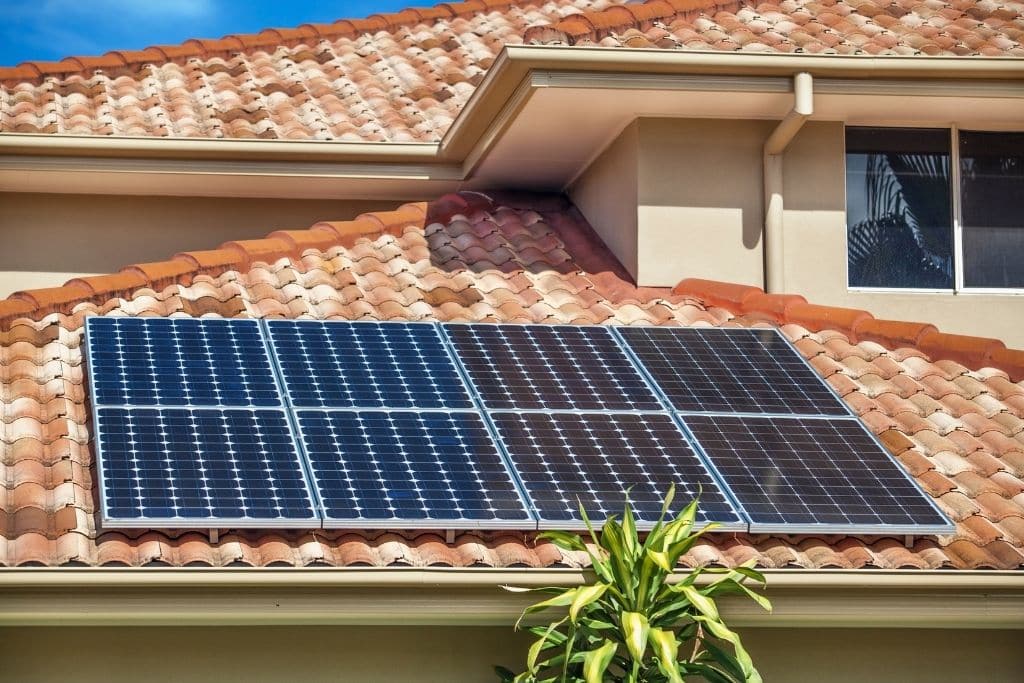A significant part of being environmentally conscious is taking a closer look at how we as individuals contribute to waste and pollution and finding ways to reduce our carbon emissions. While large corporations across various industries are often blamed, we all need to do our part to mitigate further damage to the planet. A good place to start lowering our own carbon footprint is by ensuring that our home is as eco-friendly as possible.
––
The first step toward reducing your carbon footprint at home is by performing an eco-friendly home audit to get an overall idea of what your carbon footprint is. The best way to conduct one is to first create a decision tree to ensure nothing is missing along the process. Doing so will give you a clear and organised overview of your home and what you need to check.
When you choose to create your map or decision tree, the overall idea should be to get a thorough inspection of your home and everything in it to see where you are contributing to carbon emissions and waste and what home upgrades can be made.
The decision map or diagram can be organised by rooms so that you can go through and check them one by one. If you prefer, however, you can also draw a diagram of more specific features you want to check, such as lighting, appliances, windows, electronic devices, and plumbing.
3 Things to Look For When Performing an Eco-Friendly Home Audit
When performing your home audit, there are three main things you should take into consideration that influence your carbon footprint:
1. Energy Consumption
The average home is filled with objects that consume energy and – depending on the source of electricity – generate emissions. While your electronics, appliances, lighting, and lightbulbs are some of the most common energy users, other factors also indirectly contribute to increasing your electricity bill and must therefore be taken into account.
Windows, for example, can play a part in how much energy you consume. A poor seal can result in your Heating, Ventilation, and Air Conditioning (HVAC) system having to work harder, which means more energy is used. Houses with few windows typically get little sunlight. If this is the case, chances are that your lights will be on even during the day, another factor that contributes to greater energy usage.
Your water usage can also affect your bill. Hot water requires electricity. So, the more hot water you use to wash the dishes, do laundry or take a shower, the more your water heater is going to consume.
2. Waste Production
Waste is another major concern when it comes to the environment. The world generates more than 2 billion tonnes of municipal solid waste (MSW) annually, and at least 33% of that is not managed in an environmentally safe manner. When waste is dumped in landfills, it generates emissions. MSW landfills are the third-largest source of human-related methane emissions, which is considered to be 25 times as potent as carbon dioxide.
Plastic waste, one of the biggest environmental issues of our time, is a massive problem in itself. More than 8 million tonnes of plastic enter the oceans every day, polluting the water and threatening the lives of millions of marine animals.
For this reason, it is extremely important to take a closer look at how much waste we produce in our own households. Anything, from food and clothing to the packaging that comes with our groceries can add up. Reducing our waste output can make a huge difference in the carbon emissions we generate in our daily lives.
You Might Also Like: 8 Shocking Plastic Pollution Statistics to Know About
3. Purchases
The materials used in your home or the products you buy can also indirectly contribute to pollution. Not all brands use eco-friendly materials in the manufacturing and packaging of their products. It is absolutely necessary to support more sustainable brands and opt, as much as possible, for products that do not contain toxic materials that can harm the environment and add unnecessary emissions to the atmosphere. Choosing not to support harmful companies is also a great way to encourage them to adopt more sustainable approaches and reduce their own carbon footprint.
Sustainable Home Updates to Reduce Your Carbon Footprint
The best way to reduce your carbon footprint and waste in your home is to look for ways to create carbon offsets. This means counterbalancing the emissions we generate through actions that help us reduce or absorb them and are beneficial for the environment.
A great way to create carbon offsets is to go through your home and make eco-friendly upgrades and changes where needed. These can include:
- Renovate in an eco-friendly manner: New construction, even eco-friendly construction, still produces some carbon emissions. ‘Net-zero’ renovations, however, seek to make construction upgrades to objects and features that already exist, a way that allows us to consume less energy and at the same time produce less waste.
- If you cannot reuse what you already have, upgrade old furniture to pieces that are manufactured by sustainable brands that use eco-friendly materials
- If the house allows it, consider installing solar panels. While generating your electricity from renewables is a great way to reduce your household’s emissions, in the long run, it also allows you to save money. You can expect your solar panels to pay themselves off after four to eight years. After that, your panels will be making you completely free electricity for the rest of their 25-30 year working life!
- Swap out old appliances for ones that are energy-star certified, which typically require far less electricity to run. You can also wwap out bulbs and lighting fixtures for more energy-efficient lighting.
- Power down and unplug electronics when they are not in use or purchase electronics that consume less energy.
- Install low-flow plumbing fixtures to reduce your water usage.
- Install new energy-efficient windows or ceiling fans to help cut down on your use of the HVAC system. Adding new insulation to your attic to reduce air leakage is another great way to reduce that.
- Plant a sustainable garden: Consuming foods and herbs from your own garden means you are less reliant on grocery stores and other retailers that produce significant amounts of carbon emissions through production and shipping operations.
These are just a few of the many things you can do at home to reduce your carbon footprint. But don’t feel like you have to do everything all at once. Performing an eco-friendly home audit can be overwhelming and distressing, as it forces you to take a closer look at how your home and your habits are contributing to climate change.
Just remember that every little bit helps. So, take your time performing your audit and only make changes when it is comfortable for you to do so. Even by following just one of these suggestions you are still making positive changes that can ensure a more sustainable future.
You Might Also Like: Your Guide to Recycling Plastics


















